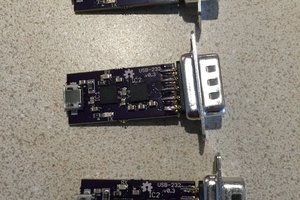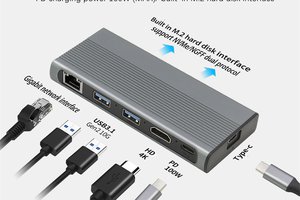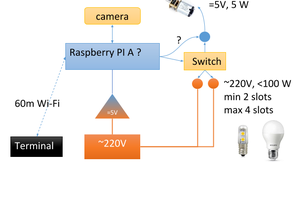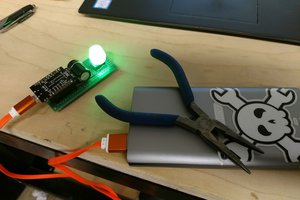In the second iteration of the project (the one that the images are shown for) the device was made under-budget and under the time constraint but with some major caveats. While the device had a working control system and was fairly reliable in performance.
The major issues that we encountered were:
- The bridge crusher was not easy to be calibrated
- lost its calibration every time the device moved (or vibrated)
- wiring suffered from major EMC issues
- in order to take out a switch or other component wires needed to be de-soldered.
- software on computer was restricted to OS and required technical setup to use
- required external power supply to make the hmi and control system to work
- changing settings required recompiling software
- not consistent programming framework
 Joel Newman
Joel Newman


 Nick Sayer
Nick Sayer
 ct
ct

 scott.mcgimpsey
scott.mcgimpsey
I found it interesting that the Popsicle Bridge Challenge is so well-established. And that 500 kg load is actually needed for some of these designs.
I also saw that a lot of people test their bridges by just piling weights on top. Looks like this will do a point load in the center of the span, which seems like a more realistic way to test the structure.